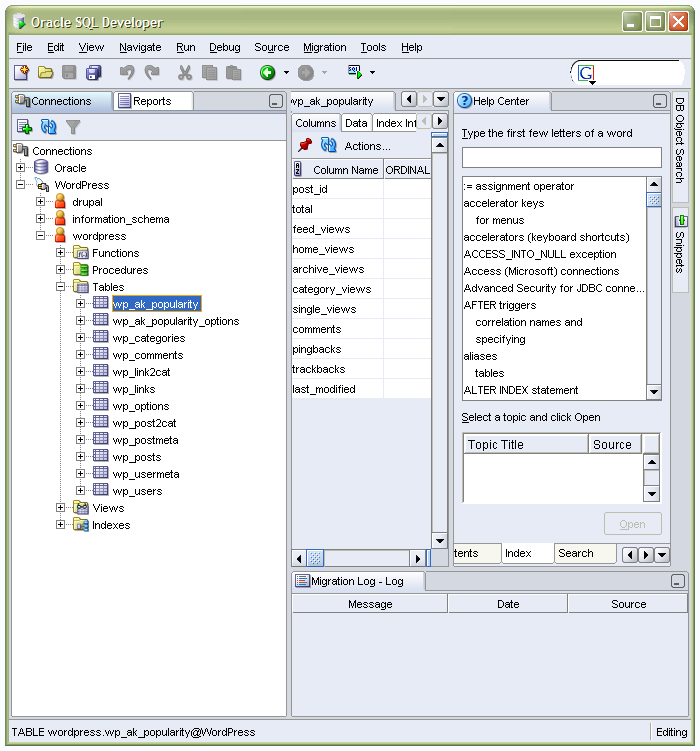While I don’t know whether it’s me or not, I seem to remember there being a Register link on the Meta widget that you see here. Anyway, its absence prompted me to go doing a spot of fiddling to (re)introduce it. My motivation for doing this is my preference for allowing only registered users to post comments so that I don’t encounter too much comment spam.
Speaking of widget functionality, it did take me longer than it should for me to work out how to configure widgets; the button in the widget with lines in it does the trick. Once this twigged, I built a register widget from a text one so that you can get an account with the WordPress.com empire and use it for blogging or commenting as you choose. Registering here allows comment posting on any WordPress.com blog.
Speaking of widgets, the latest WordPress.com ones allow bloggers like me to use tag clouds and even convert archive and category lists to drop down menus. I am not sure about tag clouds but making a dropdown menu of the monthly archives certainly took my fancy, as you can see here.
